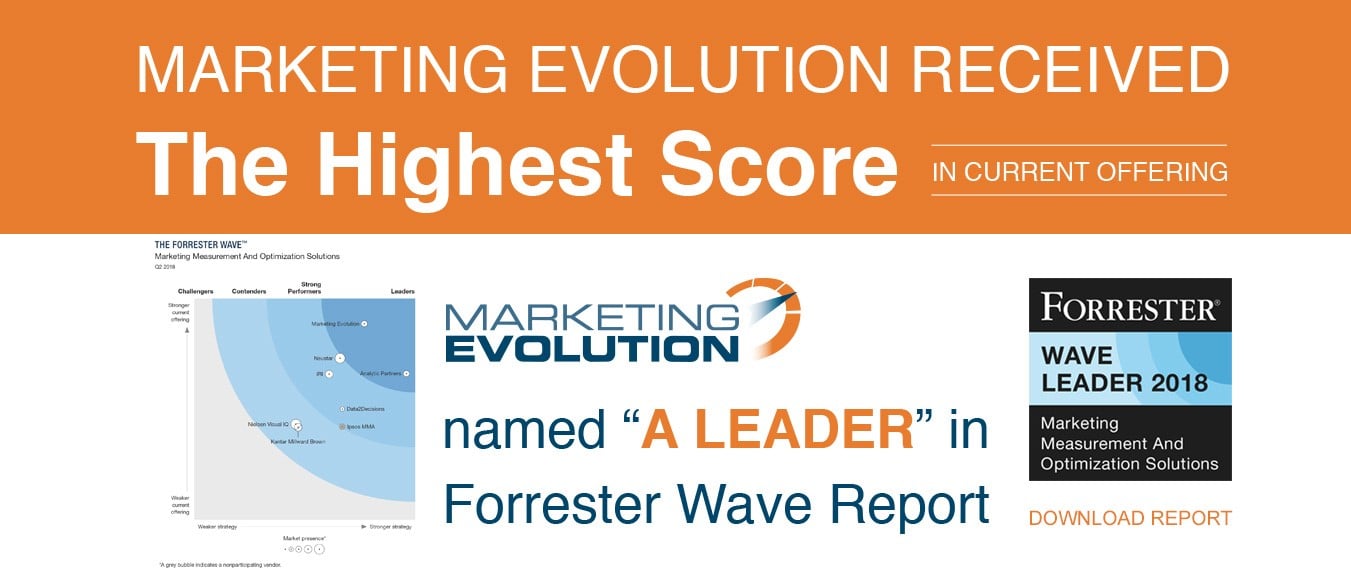Combating Misattribution by Connecting Quality Data and Analysis
Learn how Regions Bank Perfected their customer journey
 Marketing success is directly dependent on the analytics that guide campaign decisions. Behind these analytics, is data… and lots of it. In order to make sense of this massive quantity of data, marketers leverage a variety of marketing attribution models. When done correctly, these models highlight consumer engagement by touchpoints, times and channels.
Marketing success is directly dependent on the analytics that guide campaign decisions. Behind these analytics, is data… and lots of it. In order to make sense of this massive quantity of data, marketers leverage a variety of marketing attribution models. When done correctly, these models highlight consumer engagement by touchpoints, times and channels.
However, when using attribution models, marketers are often lulled into a false sense of security regarding quality and accuracy of the insights. Attribution models can bring a variety of potential misattributions, which can lead to marketers to optimize their efforts in the wrong places.
In order to combat misattribution and provide the accurate insights needed for marketing optimization, the quality of both the data marketers pull from across their marketing mix, as well as the analytics used to make sense of that data, need to be maintained.
Are You Pulling Data for Data’s Sake, or to Generate Actionable Insights?
Consumers now have more opportunities than ever to engage with brands across print, digital and broadcast channels. This provides marketers with an overabundance of engagement data. Many marketers fall into the trap of pulling data simply because it’s available and not because it can statistically provide attribution value.
Think about it this way: if you’re trying to determine why the “check engine” light is on in your car, you could check the components that make up the engine and may cause the light to turn on, or you could check areas unrelated to the engine like the airbags, windshield, etc.
Simply put, marketers looking to leverage the abundance of available data must ensure that they’re looking at the right data. This means understanding what quality data looks like and how to separate the good from the bad.
Analytics Quality is Just as Important as Data Quality
When it comes to successful attribution, the analysis used to distill data into actionable insights is crucial to marketing success. Similar to the pitfalls associated with data abundance, marketers now find themselves choosing between a wide variety of marketing analytics tools and strategies to make informed, data-driven decisions. This has left marketers\ struggling to decide which data analytics platform, modeling and capabilities lead to successful marketing measurements.
When making these choices, quality should be top of mind. In other words, the quality of analytics deployed should match the quality of the data pulled. Think of it this way: if you’re trying to solve a puzzle, having all the pieces together in one place is a step closer to putting it all together and showcasing the underlying image. Once the pieces are gathered, you still need to fit them together across the board in order to make sense of the puzzle.
For marketers, the idea is the same. You may have quality data at your disposal, but if your analysis lacks quality, you’ll be arranging the pieces of data together incorrectly. That’s why smart marketers focus on leveraging quality analytics platforms and strategies that answer the following specific questions:
-
Will the insights being generated match my marketing goals?
-
Do the models, algorithms and capabilities produce insights that produce actionable information?
-
Will I be able to account for the frequent causes of misattribution?
-
Can my analytics keep pace with the changing consumer and marketing landscapes?
-
Will I be able to measure marketing impact down to the individual, person-level?
While these questions serve as a high-level guide toward identifying quality analytics, marketers that successfully align quality data with quality analytics will be best prepared to optimize campaigns. What’s more, they’ll be able to leverage insights to place the right messages in front of the right consumers at the right time.
Understanding What’s Within Your Control
The last step needed to combat misattribution is understanding what data variants and analytics marketers can control. Many analytics platforms leverage automation and machine learning to hasten data distillation and predict consumer behavior. However, there’s a wide variety of elements outside of the realm of control that can impact marketing measurements.
Consumer trends fluctuate regardless of whether marketers are ready or not. As a result, the marketing measurements used to dictate campaign efforts shift in tandem. This makes it even more important to understand the data sets available, along with the analytics capabilities at the marketer’s disposal. This enables marketers to quickly pivot measurement and attribution efforts to align with changes across the marketing landscape.
Final Thoughts
The digital revolution introduced vast amounts of data that provide new ways to understand consumers and campaign efforts, leading to a corresponding abundance of analytics. For marketers looking to accurately and effectively distil data down to actionable insights capable of assisting marketing optimization, the key is to add quality to the data and analytics vocabulary.




















